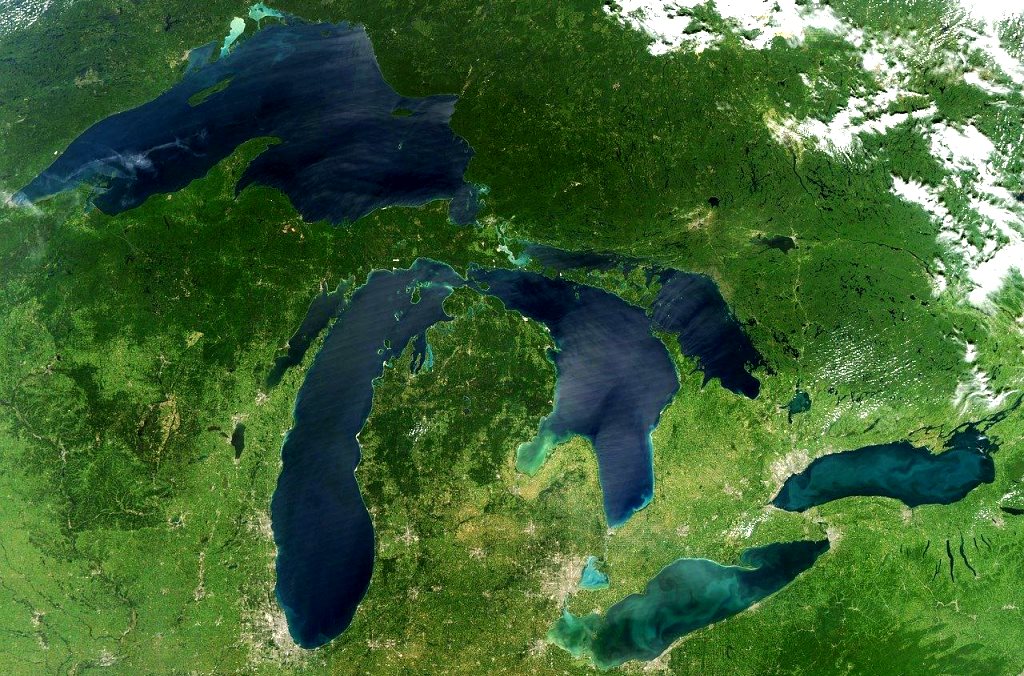Since 1985, $22.78 billion (USD) has been invested in restoring the Great Lakes shared by the U.S. and Canada, according to a new article in the Journal of Great Lakes Research.
The money has been well-spent, with every dollar toward cleanup catalyzing more than $3 worth of community revitalization.
“This study shows clearly how a strong foundation of federal environmental laws, working in combination with locally led cleanup processes, can achieve restoration of the most polluted areas of the Great Lakes and catalyze waterfront community revitalization,” notes Paul Sibley, president of the International Association for Great Lakes Research.
“Lessons learned from this research will be helpful to all groups working to clean up polluted waterways and revitalize communities,” he added.
In addition, the article states, investing in pollution prevention will avoid substantial future cleanups in the long run.
The article traces the history of the Great Lakes Remedial Action Plan (RAP) program from its 1985 origin in a recommendation of the International Joint Commission’s Great Lakes Water Quality Board, and it identifies what has been accomplished and learned over the last 35 years.
The incorporation of RAPs in the Great Lakes Water Quality Agreement in 1987 gave legitimacy to AOC cleanup efforts and provided a laser focus to all stakeholders to work together to restore impaired beneficial uses. Cleanup of AOCs has not been easy and required the establishment and continual adjustment of networks of community members focused on reaching consensus among stakeholders, coordinating efforts, and ensuring that the results promoted restoration of impaired beneficial uses.
Even with the compelling case of the Great Lakes being a continentally and globally significant natural resource, cleanup has proven incredibly challenging. For RAP coordinators and other key AOC staff and stakeholders, the process has required considerable patience and perseverance. In general, assessment of problems and causes, and planning, dominated the first 10–15 years.
Major, dedicated funding for implementation of remedial and restorative actions was not provided in the United States until the enactment of the Great Lakes Legacy Act in 2002 and the establishment of the Great Lakes Restoration Initiative in 2010. In Canada, early funding was provided through the Great Lakes Cleanup Fund in the late 1980s, replaced by the Great Lakes Sustainability Fund in 2000, and then by the Great Lakes Protection Initiative in 2017.
An important funding initiative in Canada was, and still is, the Canada Ontario Agreement Respecting the Great Lakes Water Quality and Ecosystem Health, first signed in 1971, and updated every 5–7 years, most recently signed in 2020.
Key lessons learned from 35 years of cleaning up AOCs include doing the following: ensure meaningful public participation; engage local leaders; establish a compelling vision; establish measurable targets; practice adaptive management; build partnerships; pursue collaborative financing; build a record of success; quantify benefits; and focus on life after delisting.
Continued investments through the Great Lakes Restoration Initiative and the Great Lakes Legacy Act in the U.S. and the Canada Ontario Agreement Respecting the Great Lakes Ecosystem and Human Health and Great Lakes Protection Initiative in Canada are critical for securing the future of the many communities along this freshwater coast.
This research was supported by a grant from the Fred A. and Barbara M. Erb Family Foundation to IAGLR to help review and evaluate what has been achieved and learned in more than 30 years of AOC cleanup efforts.

